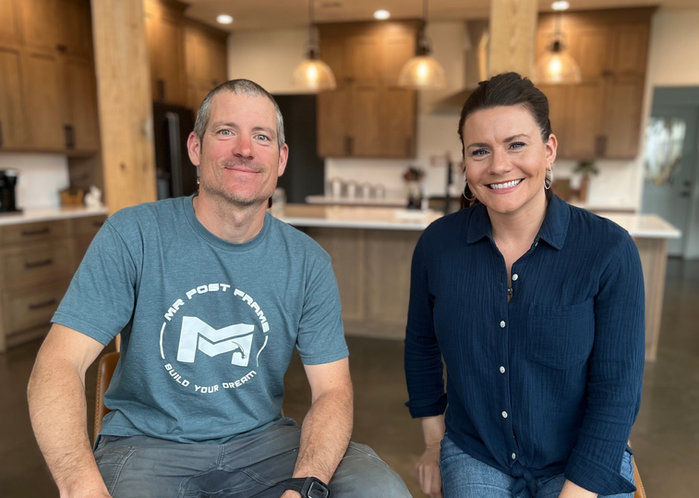Bobcat S250 Block Heater Install | How To
- MR Post Frame
- Feb 22, 2024
- 3 min read
Good morning, everyone! Today, I'm excited to share with you a recent maintenance project I tackled on my trusty skid steer. If you own a Bobcat S250 or a similar skid steer, and you've been experiencing difficulties starting it in cold weather, this one's for you.

I've had my Bobcat S250 since 2012, and fortunately, I've always had a warm place to store it. However, despite being able to get it started, I noticed that it was cranking hard during the winter. Knowing that this can be tough on a diesel machine, I decided to invest in a block heater and walk you through the installation process in case someone out there is facing a similar situation.
First things first, I ordered my block heater from AllSkidSteers.com, a reliable source for skid steer parts that I've used for various components in the past. The installation should be relatively straightforward, especially if your machine has a threaded freeze plug.
Now, let's dive into the process. My skid steer's engine has four foot freeze plugs, and luckily, one of them had a threaded plug in it. The plan was to unscrew that plug, let some antifreeze drain, insert the adapter, screw in the block heater, and plug in the cord. Simple, right?

If your machine doesn't have a threaded plug, you might need to deal with one of the freeze plugs. Using a heavy-duty screwdriver and a hammer, you can tap on it until it eventually comes out. Clean the area thoroughly, and then install a tapered sleeve with threads to accommodate the block heater.
After draining the coolant and installing the adapter plug with some pipe dope for a good seal, it was time to thread in the block heater. Torque specifications were provided in the directions, but if you don't have a torque wrench, snug it in securely without overdoing it. With the block heater in place, it was a matter of connecting the cord.
I made sure to put a bucket underneath to catch the coolant as I drained it, losing a couple of gallons. After the installation was complete, it was time to refill the coolant and secure the block heater cord with zip ties, keeping it tidy and out of the way.
Once everything was back together, all that was left to do was fill it up with antifreeze, plug it in, and check the coolant levels after running the machine for a bit. It's essential to monitor this as the system fills up.

With the block heater in place, all that's left is to plug it into a 110 outlet using an extension cord. Whether you do it after using the machine or leave it plugged in during the winter, the block heater ensures that the motor and coolant stay warm, making those cold starts much easier.
After a windy and nasty night, I checked the block, and it was warm throughout. Excitedly, I unplugged it and attempted to fire up the skid steer. The result? Success! For an investment of around 55 to 60 bucks and 15 to 20 minutes of installation (an hour if you're dealing with a freeze plug), you can have your machine starting up reliably in colder temperatures.
I hope this detailed guide and my experience prove helpful to someone out there facing a similar skid steer challenge. Thanks for watching, and if you found this useful, don't forget to hit that subscribe button for more content!

Patreon Group
Interested in tackling your build on your own? If you want to explore the possibility of being your GC or self-building, our Patreon membership is for you! It's a community of like-minded people offering support, discounts, Q/A, and more.